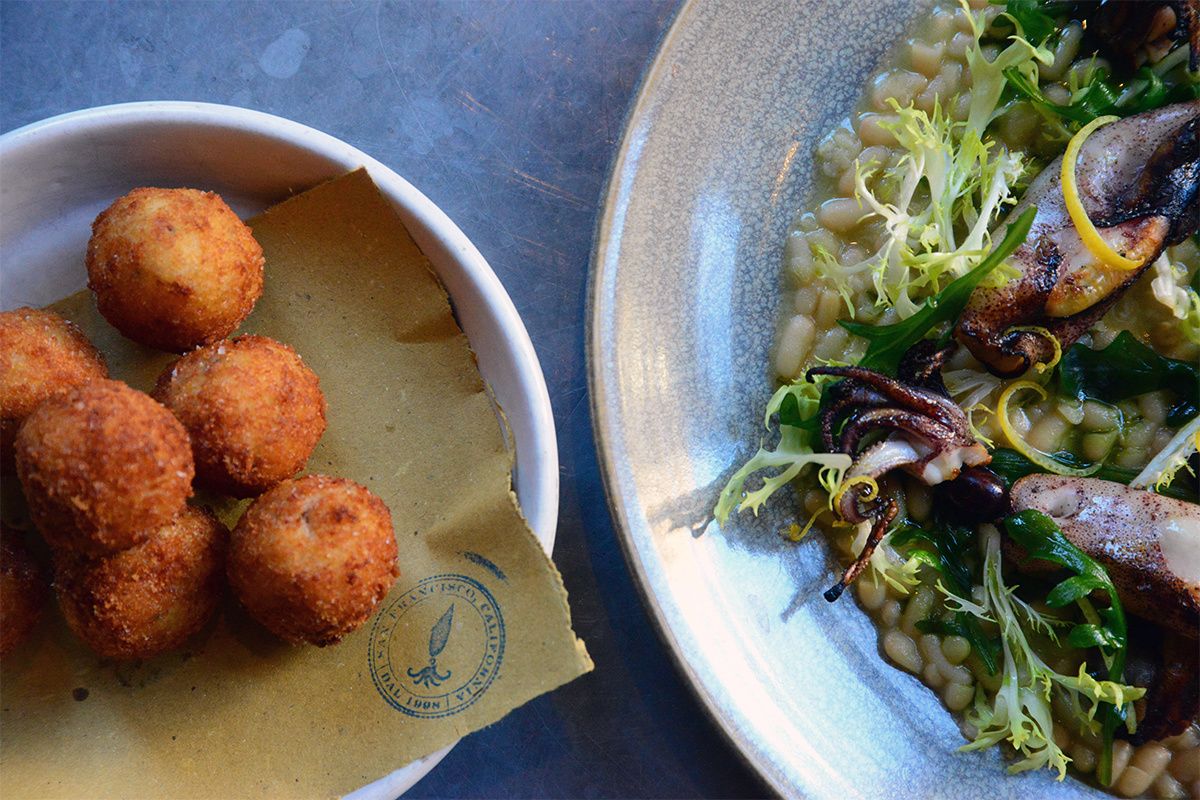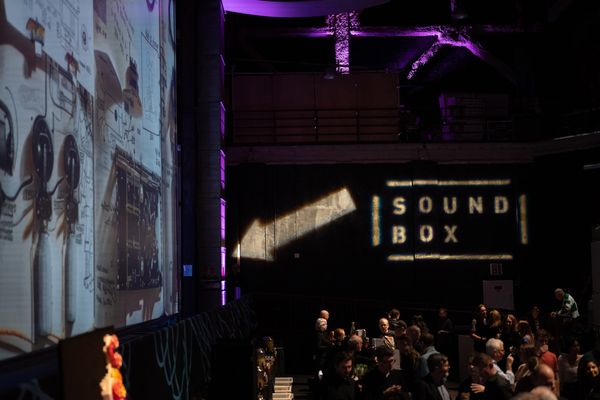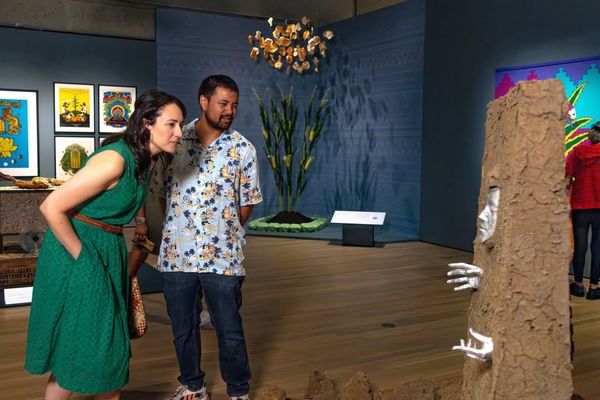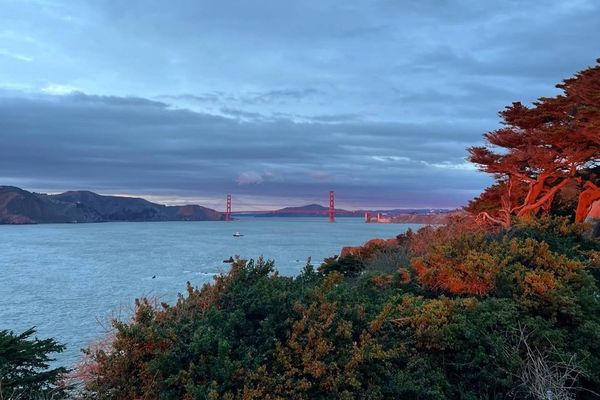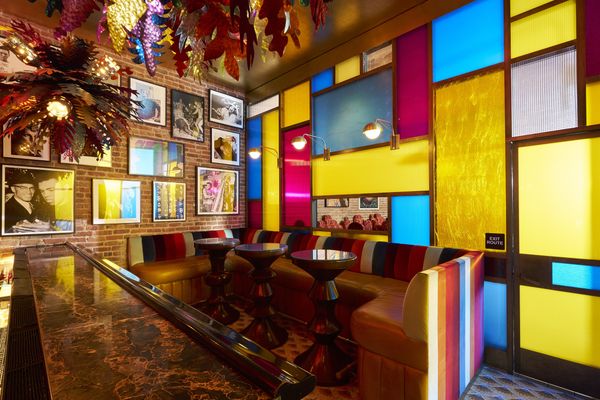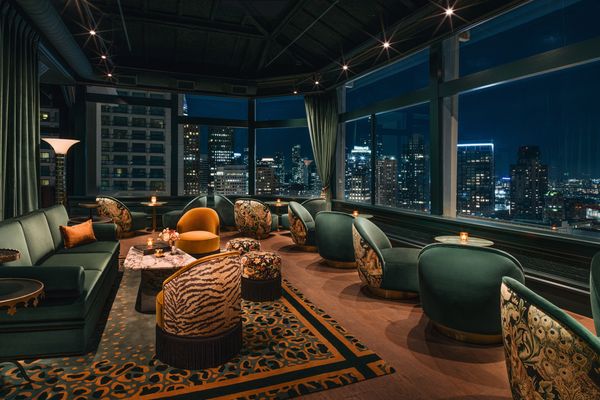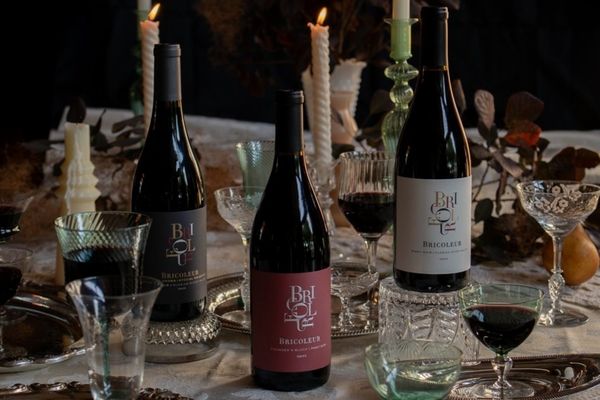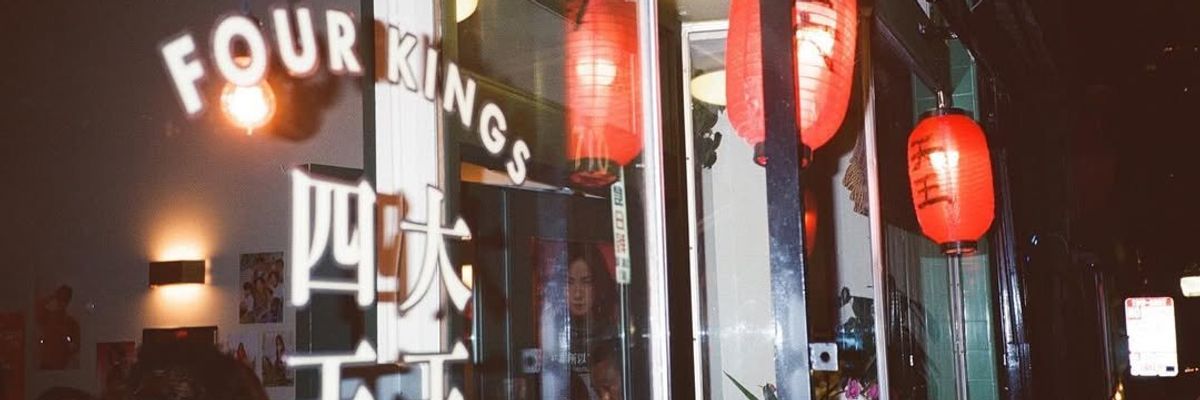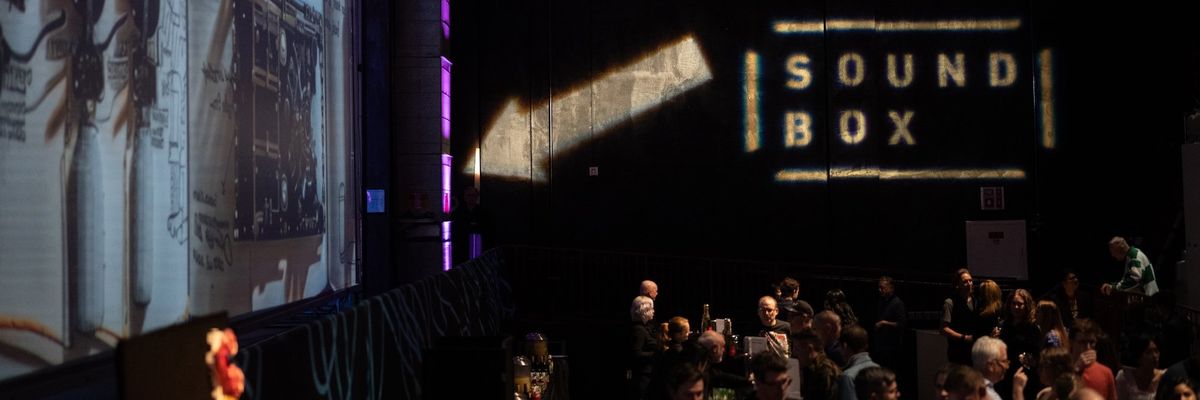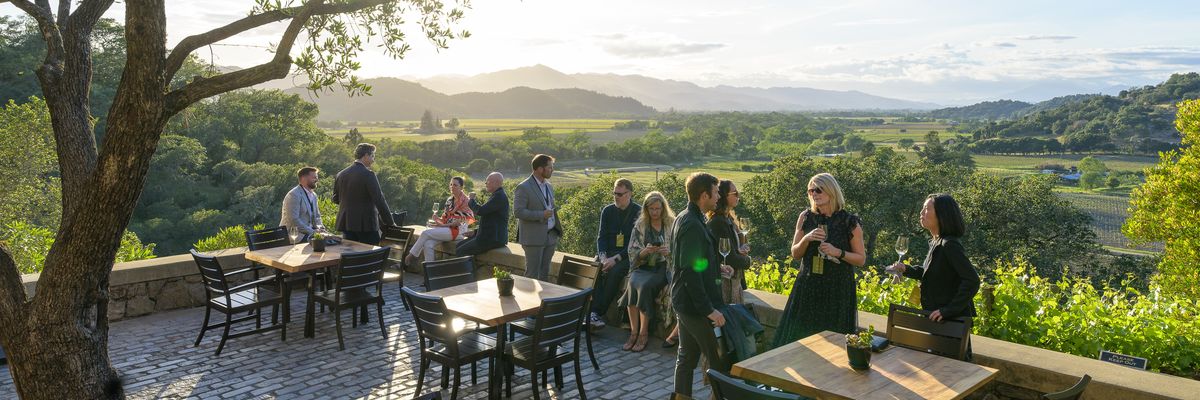A year or so ago I found myself in the Mission on a weeknight, a bit peckish, with some unallocated cash smoldering in my wallet. In a feint at democracy, I considered the options, a multitude of them, but deep down I knew where I'd end up.
A small crowd milled outside Delfina—the dining room was packed—but peering through the window, I spied a free seat at the bar, and with the host's approval, commandeered it.
Scanning the menu, I came across the words Bigoli in Salsa, an old-school Venetian recipe one encounters today only in Venice's few remaining non-touristic restaurants. A wave of nostalgia overtook me as I recalled a trip some years prior, when, suffering from a bad cold of Veronese origin, I'd found comfort in the dish—an extruded, whole-wheat pasta somewhat fatter than spaghetti, dressed in a robust sauce of onions and anchovies —at Osteria al Mascaron, near Campo Santa Maria Formosa.
In retrospect, there was a certain circularity at work, because the very curiosity about Italian food that had led me on so many adventures in the Veneto and elsewhere, and to delve into the origins of so many intriguing delicacies like bigoli, was very much an outgrowth of an awareness of regional Italian cuisine sparked by my first visits to Delfina in the early 2000s. When Delfina marked its 20th anniversary this past November, I found myself wanting to better understand the history of a restaurant that had played an influential role in shaping San Francisco's culinary landscape, and my own culinary consciousness as well. On a recent afternoon, I met with Delfina's founders, Annie and Craig Stoll, at their newest restaurant—an invitingly bright and spacious SoMa pizzeria—where, over an inimitably luscious Margherita, they told me the story of how it all began.
"Craig always jokes," said Annie, "What do you do on a second date?" A beat later, Craig jumped in with the retort. "You decide to open a restaurant." Which might sound impetuous, but by the time the two met, both were seasoned veterans of the food trade.
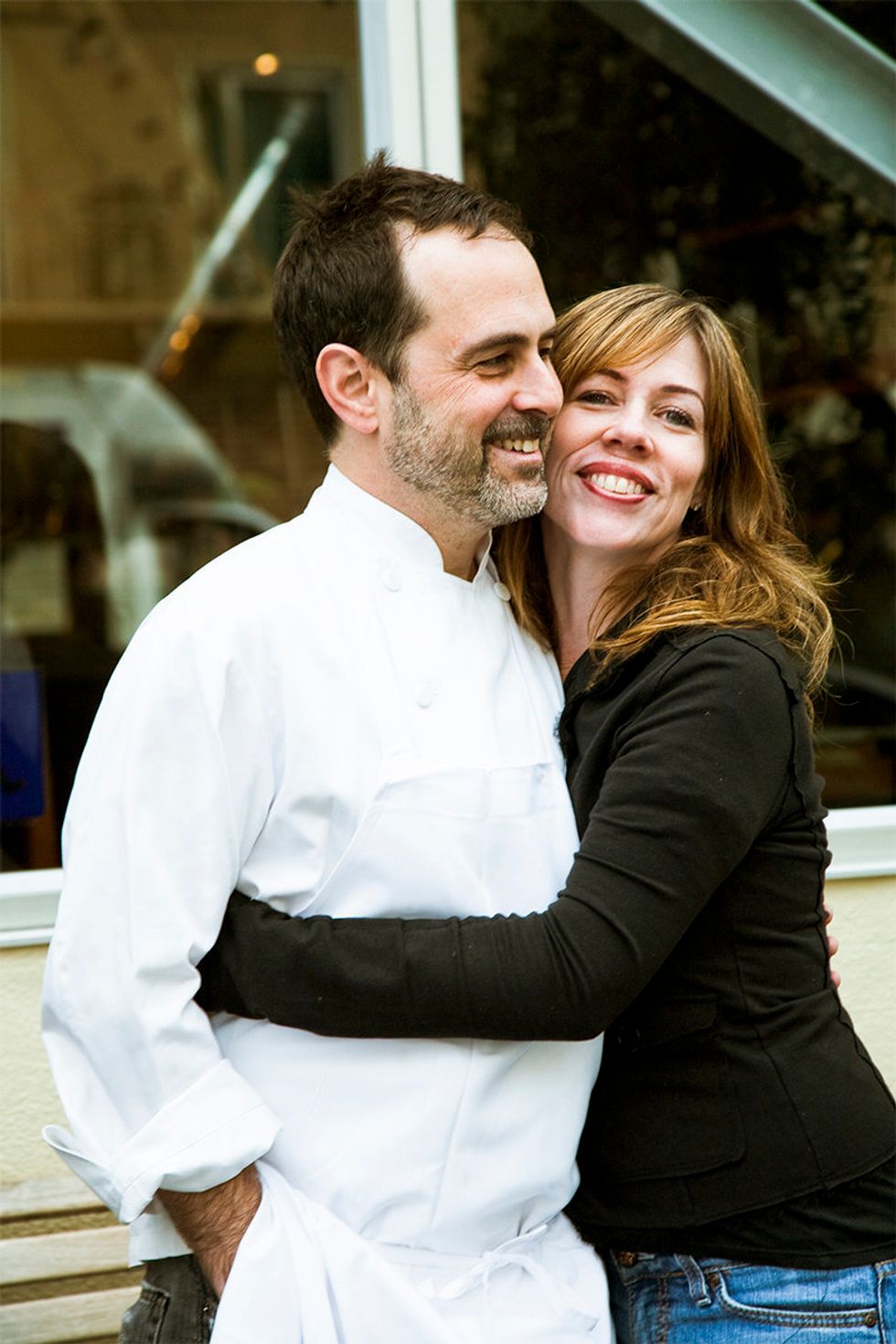
Craig cut his teeth in the kitchen of a Florida restaurant at the tender age of 16, and after attending culinary school and earning a degree in hospitality management, moved to SF in 1988, where he worked his way up the ranks at Campton Place, Postrio, and Splendido. In 1992, he went to Italy on a scholarship from the newly founded Italian Culinary Institute for Foreigners in Torino, where he spent six months in an immersive course on regional Italian cuisine.
"Every day," he said, "a chef from a different region would do a demo and a class. At night there were Italian lessons, and we'd go on field trips to Parma to learn about prosciutto, or go truffle-hunting, or wine tasting. It was a really intense education."
Afterward, with the help of Faith Willinger—a culinary scholar and writer who lives in Florence—Craig secured a job at the highly regarded Ristorante Da Delfina in Artimino, a hilltop village in Tuscany, and on returning to SF, put his overseas experience to work while running the kitchens at Tutto Bene, Timo's, and Palio d'Asti.
Annie got her first taste of the business, likewise at 16, as a waiter and host at a pub in her hometown of Philadelphia. After graduating from Pennsylvania State's School of Hospitality Management, she managed Jack McDavid's Down Home Diner and Jack's Firehouse in Philadelphia, and in 1990, moved to San Francisco where she worked as a floor manager first at Joyce Goldstein's Mediterranean restaurant Square One, and then at Harry Denton's, before taking over as maître d' at Moose's in North Beach, where she stayed until 1996. In 1997, after moving to Marin to re-launch the Depot Cafe in Mill Valley, Annie met Craig, who was working nearby as chef at The Frog and the Peach.
When it came to the restaurant of their dreams, their vision was as clear as the their skills were complimentary. "At the time," said Craig, "the only fine dining, really, was downtown. There were these multi-million-dollar restaurants that were really expensive. We wanted to strip it of the formality and give people great food and great wine and great hospitality. The restaurants we were influenced by were places like Da Delfina, which was about the community, and about feeding people. To say these things today," he reflected, "it sounds redundant because it's what everyone does. But it was pretty novel back then."
"We both had the same vision," added Annie, "We wanted to open a neighborhood restaurant that our friends could afford to eat at."
The neighborhood they chose took some of their friends by surprise. Although it might be hard to fathom today, in 1998, the Mission was to all extents and purposes a fine-dining-free zone. But it was their neighborhood—Annie was living with three roommates at 22nd and Valencia; Craig at 28th and San Jose—and for a pair of restaurateurs financed by the Small Business Administration rather than deep-pocketed investors, the price of the small storefront on 18th Street, formerly a Brazilian restaurant, was right.
Within a month or two of opening, Delfina was turning a profit. Local and national critics were swiftly and uniformly impressed. The Guardian's Paul Reidinger praised the Italian-influenced food, anointing Delfina "the mouse that roared." The New York Times' Mark Bittman wrote that the "crowded box of a place, just five months old, serves simple but sensational food." And the San Francisco Chronicle's Michael Bauer tagged it "a little restaurant with a big reputation," praising the ribollita da Delfina, the salt cod brandade, and the "roast chicken ($10)," which he predicted "will also be around for a while, no doubt." In 2000, Delfina expanded into the space next door, which put an end to the cliches about the restaurant's dimensions, but not to the accolades.
On a mid-December evening, as a friend and I got comfortable at a corner table, the couple adjacent were divvying up a roast chicken ($27) with hen of the woods mushrooms and olive oil mashed potatoes. Tempting as it was in its deeply bronzed glory, a whole chicken is a commitment, and while nibbling one of the pulpy, sweet-tart seeds from my pomegranate Bellini, I concluded that lots of littler things might be more fun.
We began with a plate of arancini, the stuffed, fried rice balls thought to have originated in Sicily during the period of Arab occupation. In Sicily, arancini tend to be rather big—just one or two make a satisfying lunch. At the Delfina group's pizzerias, they come quite small, and in observance of Sicilian tradition, seasoned with saffron. On this particular evening, though, the arancini were a revelation, seasoned not with saffron but with the profound aroma of Piedmontese tartufi bianchi, made as they were from the rice on which the pungent fungi were presented at Delfina's annual white truffle dinner back in November. Crisp, golden brown, with a gooey core of molten mozzarella, each was a world of deliciousness unto itself.
There followed a salad of warm chicories, lightly sauteed in an anchovy-garlic-red wine vinaigrette, and garnished with a custardy sous vide poached egg and some handsome croutons whose crisp succulence, probably not coincidentally, called to mind the pane distrutto at Anthony Strong's Prairie.
As with the roast chicken, Delfina has served calamari since day one. These days, the squid, pristinely fresh from Monterey, is grilled over a wood fire to a smoky tenderness and served on a bed of small white beans cooked with garlic and sage, with a scattering of frisée and arugula and Taggiasca olives, a small and delicately flavored variety from Liguria. Cast away on an island in Monterey Bay, I could subsist on this dish for an eternity, no rescue necessary.
After a tasty zuppa di ceci—a spicy-savory chickpea soup studded with a few plump Manila clams—we moved on to pasta: delicately resilient house-made squid ink tagliatelle with Dungeness crab; vivid green francobolli ("postage stamps" that took their color from nettles) stuffed with a mild, creamy goat cheese and dressed in a light sauce and garnished with delicately cured steelhead roe and finely diced cucumber; and a simple, beautifully executed spaghetti with plum tomatoes, garlic, extra virgin olive oil, and pepperoncini. For the secondo, a challenging decision, we shared the swordfish, seared and presented on a skewer, crosswise a second of watermelon radish and fennel, atop a mound of tangy Umbrian lentils seasoned with sherry vinegar and red onion, and a luscious dollop of anchovy aioli.
That Craig Stoll was working the pass that evening—scrutineering every dish, and calling his cooks' attention to details that would have escaped all but the most raptor-like eye—was no anomaly. On any given night, you'll find him doing exactly the same at one or more of their seven restaurants. When I met with the Stolls at the new pizzeria, and asked how Delfina had managed to maintain its perfectionist standards for two decades, Craig simply handed me a slip of paper with a series of notations in a very small but legible hand. They were his observations from Delfina the previous night—regarding a roast chicken somewhat shy on mushrooms; some slightly under-caramelized Brussels sprouts; etc.—that he had no doubt impressed upon the crew. "Craig's extremely detail-oriented," said Annie, in case it weren't evident. "And he's good at getting people to do things his way."
Of course, while Delfina's success, and its endurance, have much to do with the food, they derive equally from a philosophy that embodies the true essence of hospitality. "It's a refuge," said Annie, "a place to find love, and joy. We wouldn't be here if we didn't like to take care of people, and give of ourselves. And after 20 years...waiting for the doors to open...it still feels like I'm throwing a party."
(Nick Czap)
On a recent evening, dinner began with arancini, a traditional Sicilian snack, made on this occasion from rice infused with the aroma of Piedmontese white truffles.
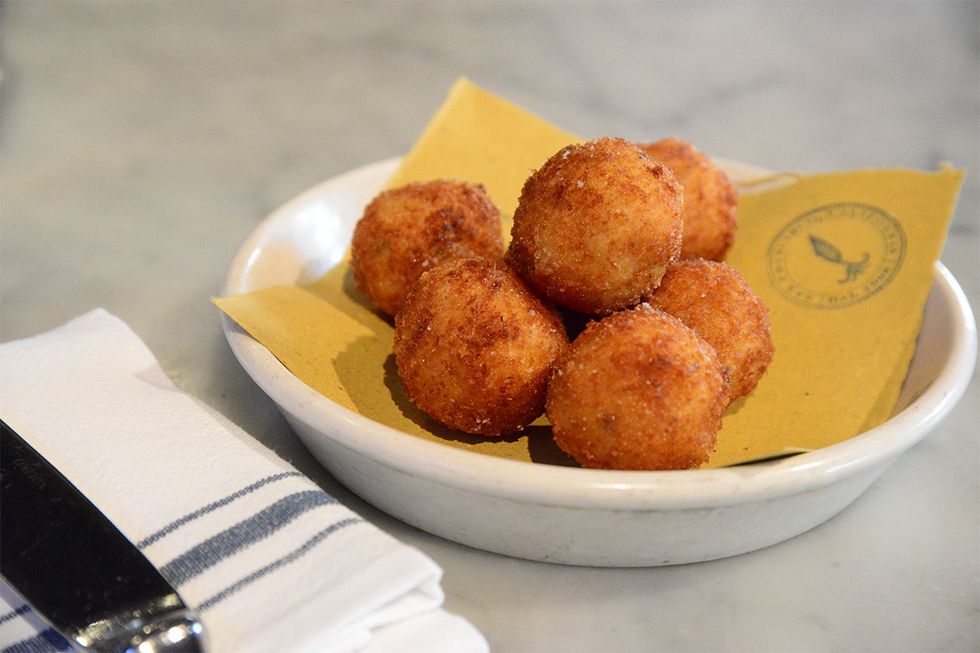
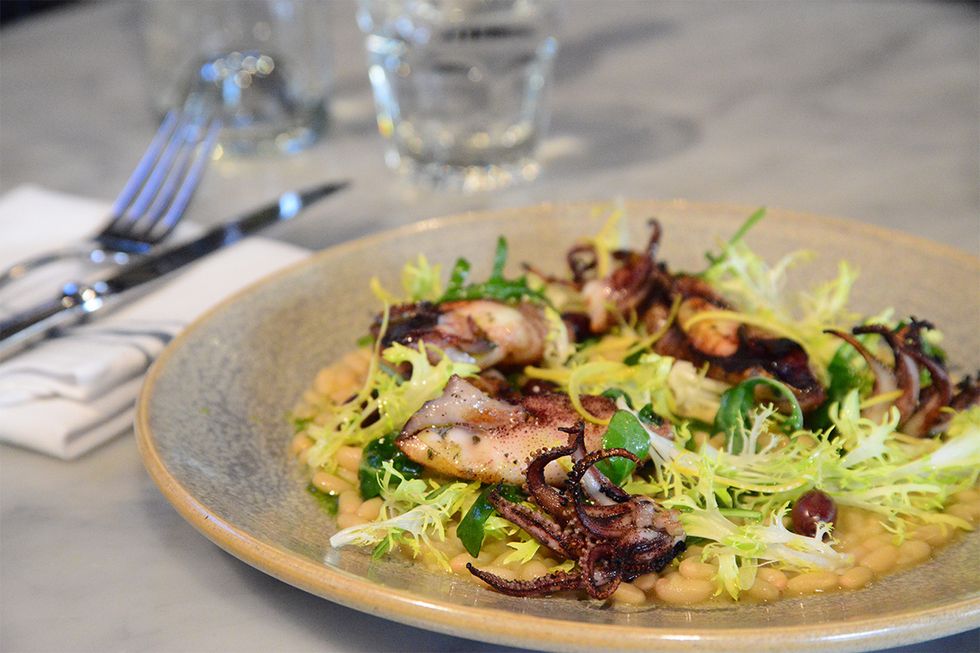

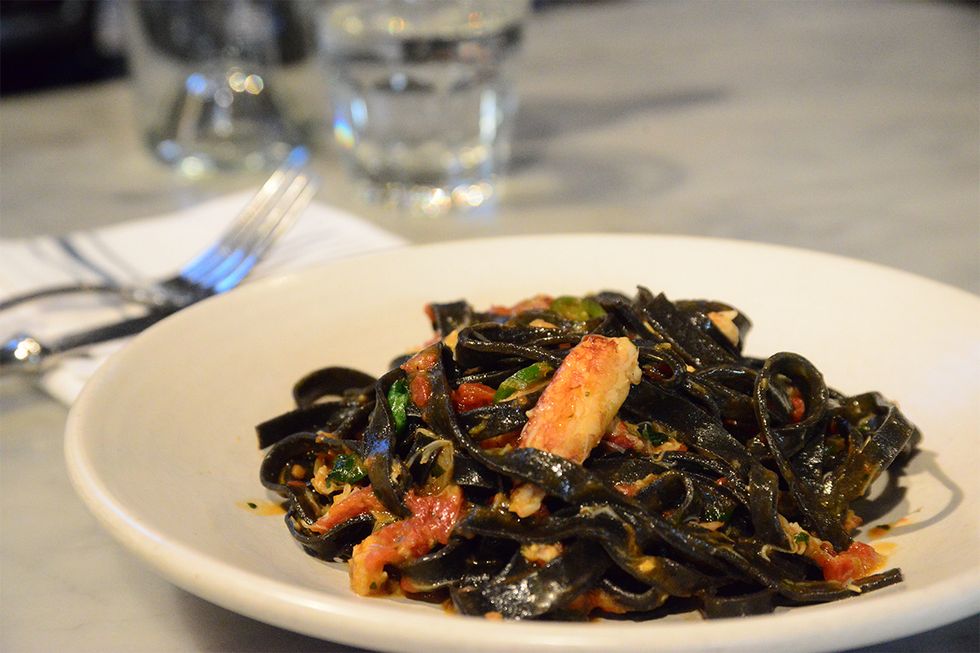
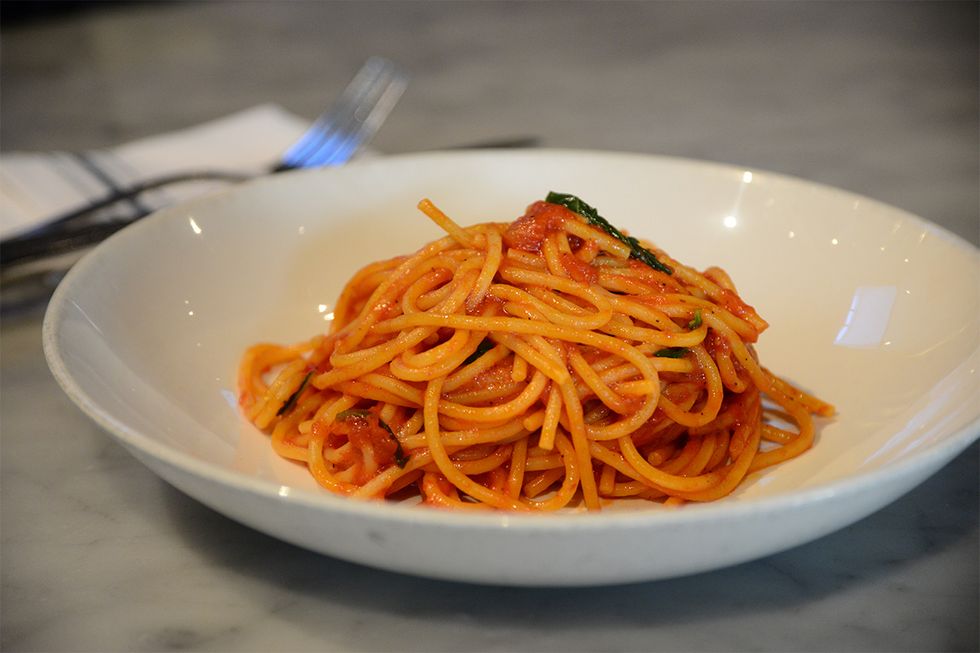
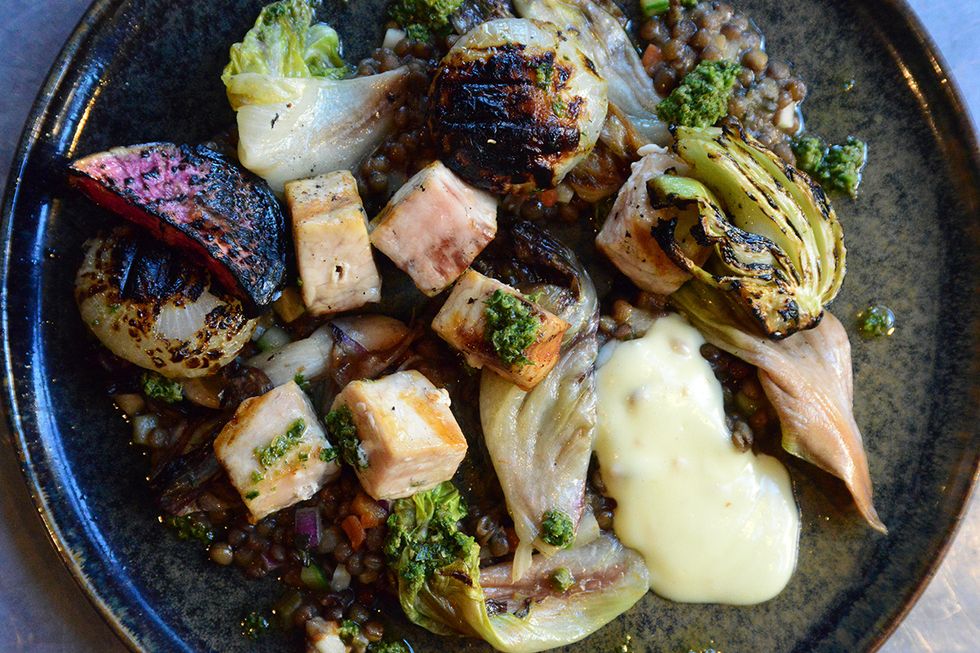
// Delfina, 3621 18th St. (Mission), delfinasf.com



